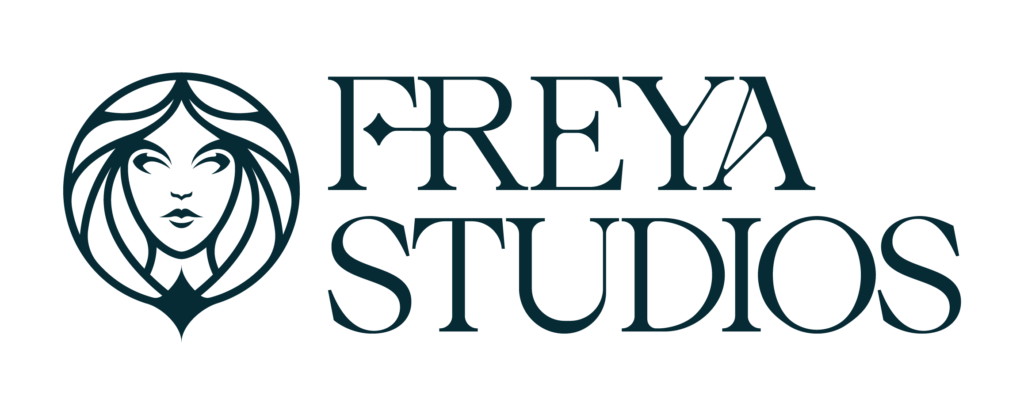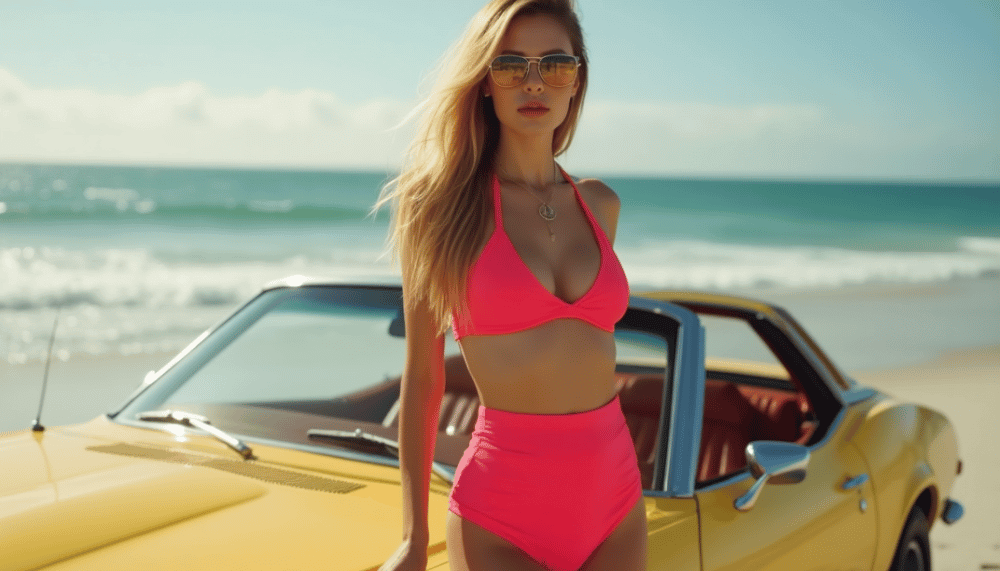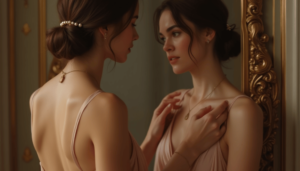Not too long ago, flipping through a fashion magazine felt a bit like watching the same movie on repeat. The faces, the bodies, the energy—it was all very familiar. But not in a comforting way. More like a quiet reminder that if you didn’t look a certain way, you were on the outside looking in.
That’s changing now. And it’s not just a blip on the radar—it’s a shift. A real one.
Welcome to the era of niche modeling agencies. The ones that say yes where others said no. The ones that are pushing the boundaries of what the fashion world has long considered “marketable.” The ones that are finally putting real people in front of the camera—people who reflect what the world actually looks like.
Let’s talk about what’s happening—and why it matters.
So, What’s a Niche Modeling Agency Anyway?
The short version? These are agencies that focus on underrepresented groups—people who often get overlooked by traditional modeling standards. We’re talking about plus-size models, older adults, trans folks, people with disabilities, and more. But what they’re really doing is way bigger than just “representation.” They’re expanding the definition of beauty itself.
Unlike traditional agencies that still cling to outdated norms, these smaller, often independently run agencies bet on individuality. They don’t just tolerate difference—they seek it out. That, in itself, feels revolutionary.
Take Zebedee Management, for example. They work with models with disabilities and other visible differences. Their talent has appeared in ads for big names like Gucci and Tommy Hilfiger—not as tokens, but as central figures. Or Silver Model Management, which exclusively represents older models—folks who’ve earned their lines and wear them proudly.
These agencies aren’t fringe anymore. They’re the future.
Why Did This Shift Happen?
Honestly? It was long overdue.
For years, fashion has been criticized for being too exclusive, too curated, too narrow in its portrayal of beauty. But the pressure didn’t really start to build until everyday people began to speak up—and brands had no choice but to listen.
Social media played a huge role here. Platforms like Instagram gave rise to influencers and models who didn’t need industry approval to be seen. Their followings grew because they were authentic—and because they looked like the people watching them. Brands started paying attention to that reach. And suddenly, the old-school agencies weren’t the only path in.
More importantly, the world changed. Movements like body positivity, LGBTQ+ rights, racial equity—they weren’t just trending hashtags. They were reshaping culture. And consumers were holding companies accountable in a way they hadn’t before.
It’s Not Just Feel-Good—It’s Smart Business
Representation is the right thing to do. But make no mistake—it’s also good strategy.
Brands that feature diverse models are seeing better engagement and more loyalty from customers. When people feel seen, they show up. They buy, they share, they connect.
Rihanna’s Fenty Beauty is a textbook case. From the jump, she made inclusivity her whole brand identity. Her makeup line came out with 40 foundation shades on day one. That move wasn’t just historic—it was profitable. And it sparked a wave of change across the entire beauty industry.
Modeling agencies like JAG Models, which prioritize inclusivity across body types, or True Model Management, known for representing models of color from underrepresented backgrounds, are helping brands tap into that energy in a real, lasting way.
Not Just a Trend—A Tipping Point
You might be wondering: is this just a passing phase? A box to check until the next wave of “different” comes along?
Here’s the thing—this shift doesn’t feel temporary. Because it’s not just about who’s in the photos. It’s about the stories being told. The assumptions being broken. The comfort zones being pushed.
When a wheelchair user becomes the face of a fashion campaign—or a 65-year-old model walks a runway—something clicks. People notice. And they begin to rethink what’s possible.
That ripple effect? It matters. It affects how kids see themselves. It changes how hiring managers think. It challenges how we define value. That’s a cultural shift.
What’s Still in the Way?
As exciting as this progress is, it’s not all smooth sailing.
Some brands still fall into the trap of tokenism—hiring a diverse model for a campaign, but failing to make diversity part of their broader company culture. Others hesitate to go all-in, afraid to rock the boat.
And let’s be honest: models from marginalized backgrounds still face discrimination. From lower pay to limited visibility, the playing field isn’t even yet.
Then there’s the industry infrastructure itself—still largely built on old rules, old biases, old power dynamics. It takes time (and pressure) to overhaul systems like that. But the momentum is building.
Looking Forward: Where Do We Go From Here?
Here’s the good news: things are moving. And with every new face that breaks through the noise, the runway gets a little wider.
We’re seeing more agencies carve out space for people who’ve never seen themselves as “model material.” We’re watching brands get braver—and bolder. And most importantly, we’re seeing the public demand more than just glossy perfection.
That doesn’t mean the work is done. But it does mean we’re not going backward.
So whether you’re an aspiring model, a brand looking to do better, or just someone who believes in seeing the full spectrum of humanity in our media—know this: there’s room for you in this new era.
Because the future of fashion? It’s not just about what you wear. It’s about who gets to wear it.
Niche modeling agencies aren’t just filling a gap in the market.
They’re filling a gap in culture. They’re giving voice—and visibility—to people who’ve spent too long being told they weren’t the right “fit.”
And honestly? That might be the most beautiful thing fashion has done in a very long time.




